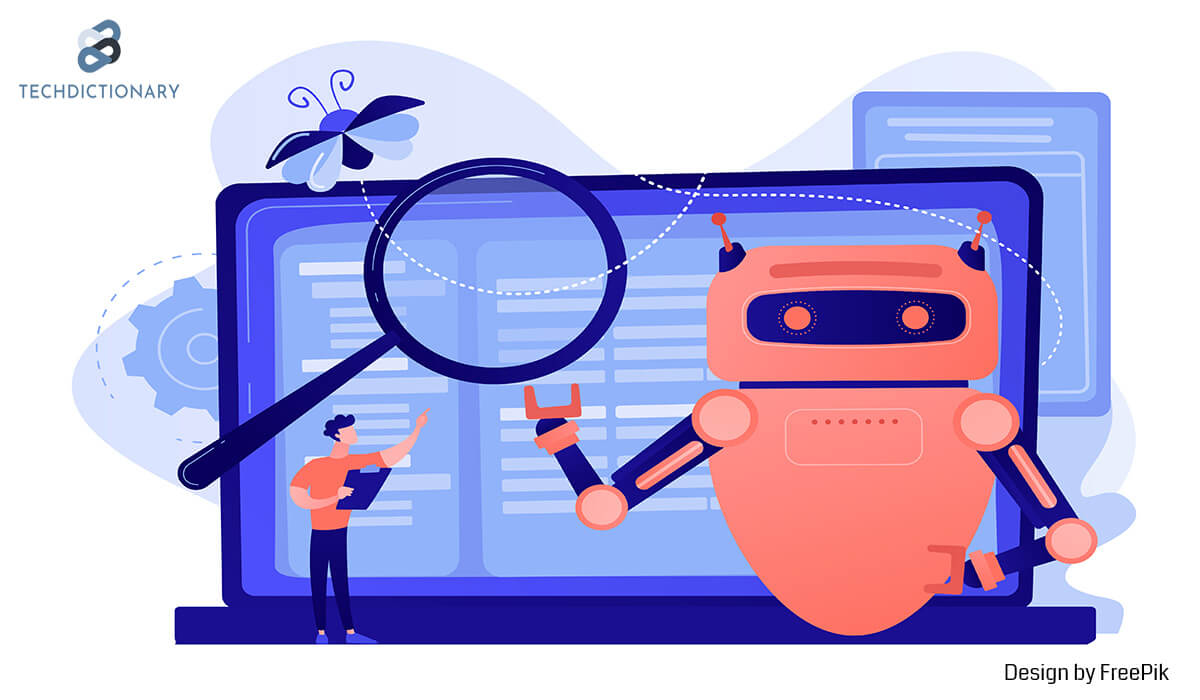
Academically, originality is more crucial than ever. The popular plagiarism detector Turnitin uses advanced AI algorithms to detect even the smallest copies. For students, researchers, and writers, understanding how to bypass Turnitin AI detection can be essential for ensuring that their work is seen as unique and credible.
We, TechDictionary, will include 7 professional tips to help you navigate Turnitin’s AI and write honestly while retaining academic integrity. These methods will help you avoid Turnitin AI detection.
Turnitin is a well-known tool for finding fraud often used in academia. One of its main jobs is to find similar and AI-generated content in student papers by checking the text against a massive database of academic papers, articles, and web content.
Turnitin uses a deep learning model, which is primarily a transformer model designed for linguistic predictions, to analyze submitted texts. It breaks the texts into smaller pieces and runs each segment through a detection tool to determine if it may have been generated by AI, such as large language models like GPT. The system also overlaps text segments to capture context within sentences.
To assist educators in identifying potential issues with academic integrity, Turnitin calculates an AI writing score for the entire text, indicating the extent to which the material may have been authored by AI.
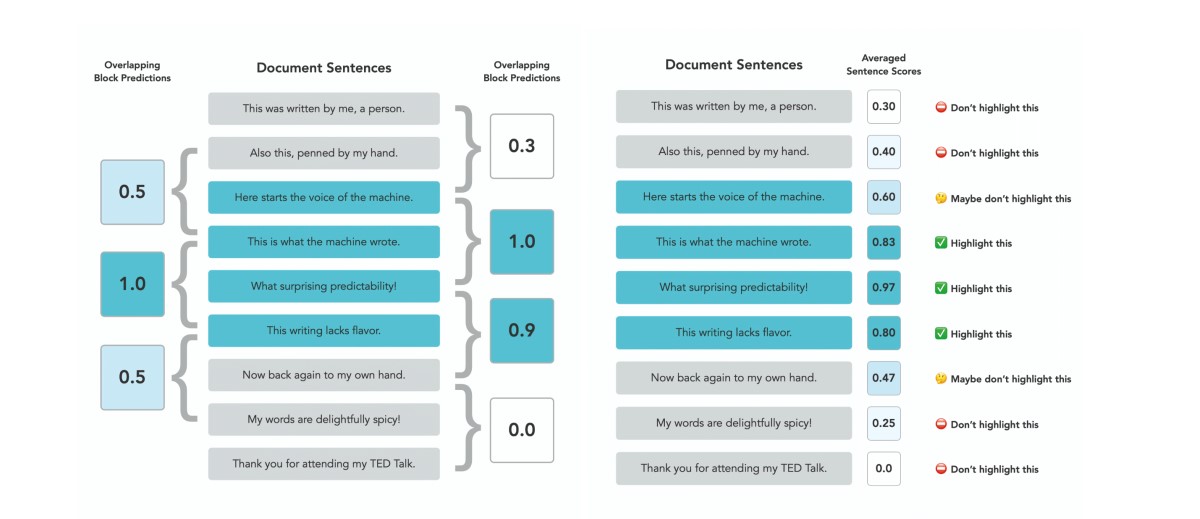
Turnitin AI Detection
Each sentence is scored between 0 and 1 to determine if it was authored by a human or AI. A sentence or text that is not AI-generated will receive a score of 0. If an entire sentence is AI-generated, it will receive a score of 1.
Turnitin analyzes a huge database of academic books, websites, and articles using advanced algorithms to check your paper. The system monitors for any components that seem too similar to what is already available. Teachers can detect plagiarism by scanning papers and assigning a similarity score.
Turnitin can find different kinds of plagiarized work, such as:
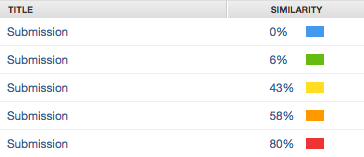
Similarity Score Ranges
A low score indicates that the material is original, while a high score suggests that copied content is likely.
To pass Turnitin’s AI detection, always aim for uniqueness in your assignments. Write in your own words and cite the resources you’ve used are the simple way.
Maybe you are interested:
Does Turnitin Detect Grammarly As AI? The Final Answer [Update 2025]
Can Turnitin Detect ChatGPT? A Detail Answer in 2025
Before you start writing, thoroughly read and understand the assignment instructions. This includes:
Having a clear understanding of what is expected helps you create relevant content that is less likely to overlap with existing materials.
One, not well-known, tip to avoid plagiarism and pass Turnitin AI detection. Choosing a specific, focused, and less explored topic can reduce the chances of duplicating existing content. Why? Uncommon topics can make Turnitin AI Detection harder to detect.
Here’s how to do it:
By narrowing down your topic, you can contribute original insights and avoid common content detected by Turnitin.
To ensure that your work is original and can avoid detection by Turnitin AI, we suggest you read and refer to numerous papers and books. Analyze the content, then rebuild it with new words by using your own language, perspective, or life experience.
The more you read, the more your imagination is sparked. This allows you to generate unique text that Turnitin hasn’t identified before.
To paraphrase successfully:
Paraphrasing not only prevents Turnitin AI detection and plagiarism, but it also improves your understanding and expression of the content.
Let’s see what a specialist who has experience with Turnitin says about this tip:
“Make sure your AI-generated content sounds human when read aloud to avoid detection by Turnitin. Listen for awkward phrasing, repeated words, or sentences that sound off, and revise them. Mimic the natural flow of human language and avoid robotic or formulaic patterns.” – Nikola Baldikov, Founder of InBound Blogging.
While it’s helpful to paraphrase on your own, ensuring that the material you reword is accurate and creative can be time-consuming. Advanced paraphrasing tools that use natural language processing (NLP) can save you time and effort by swiftly and accurately restating text.
These tools are particularly useful for maintaining efficiency without compromising quality when dealing with large amounts of data.
Consider the following when choosing paraphrasing tools to avoid AI detection :
Our experts tried quite a few rewriting tools, but two of them stand out: Undetectable AI and StealthWrite.
Undetectable AI:
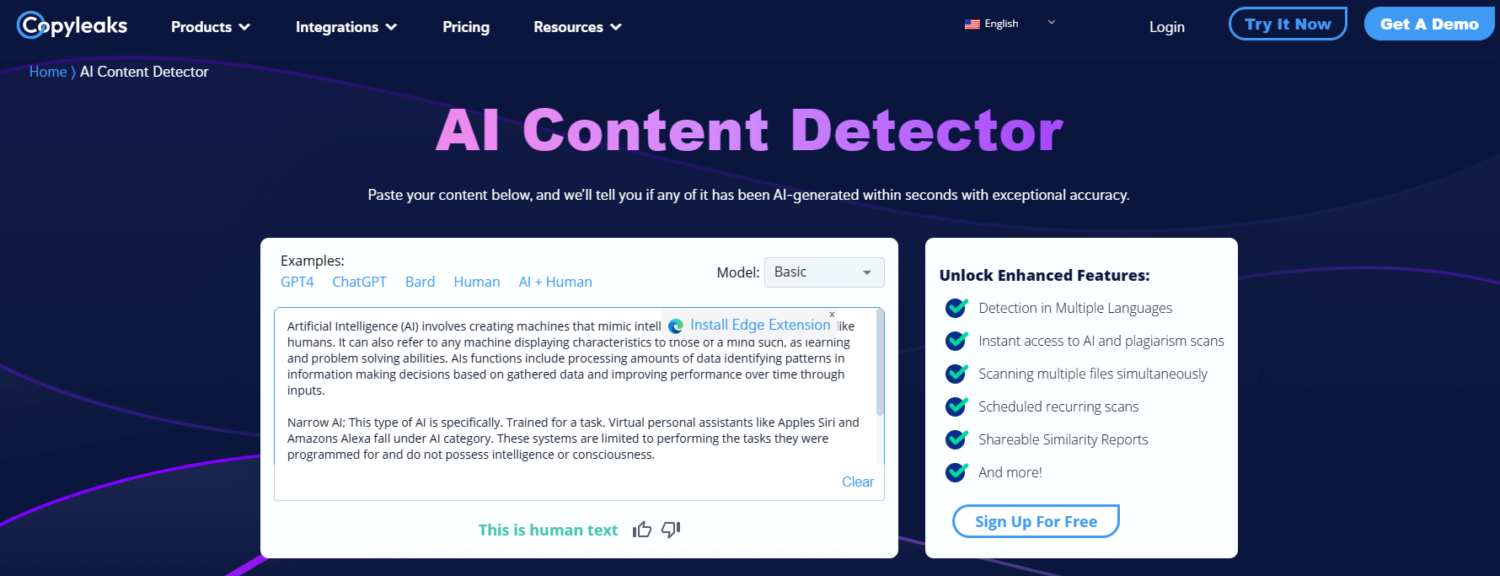
How To Bypass Turnitin AI Detection: Using Undetectable AI
StealthWrite:
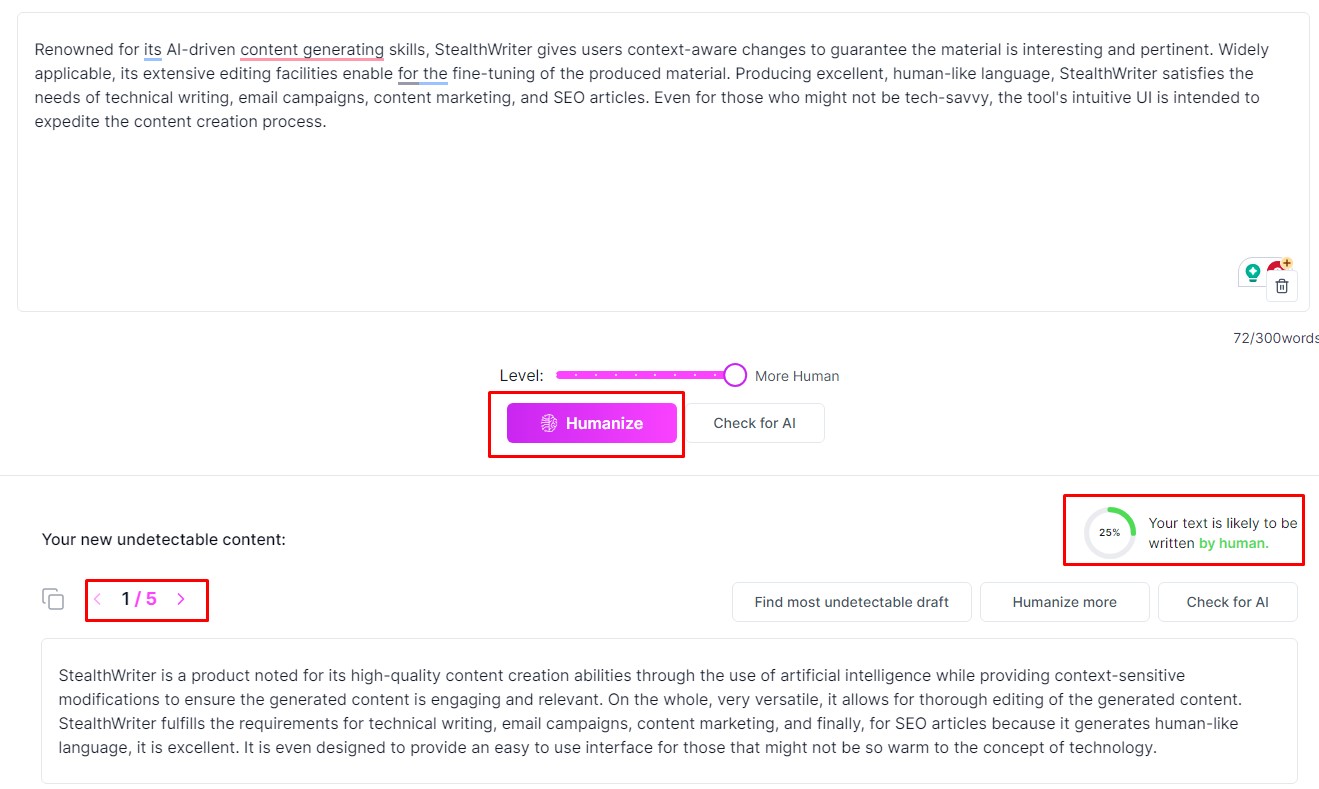
Stealth Writer Humanize AI Content
Gravity Writer:
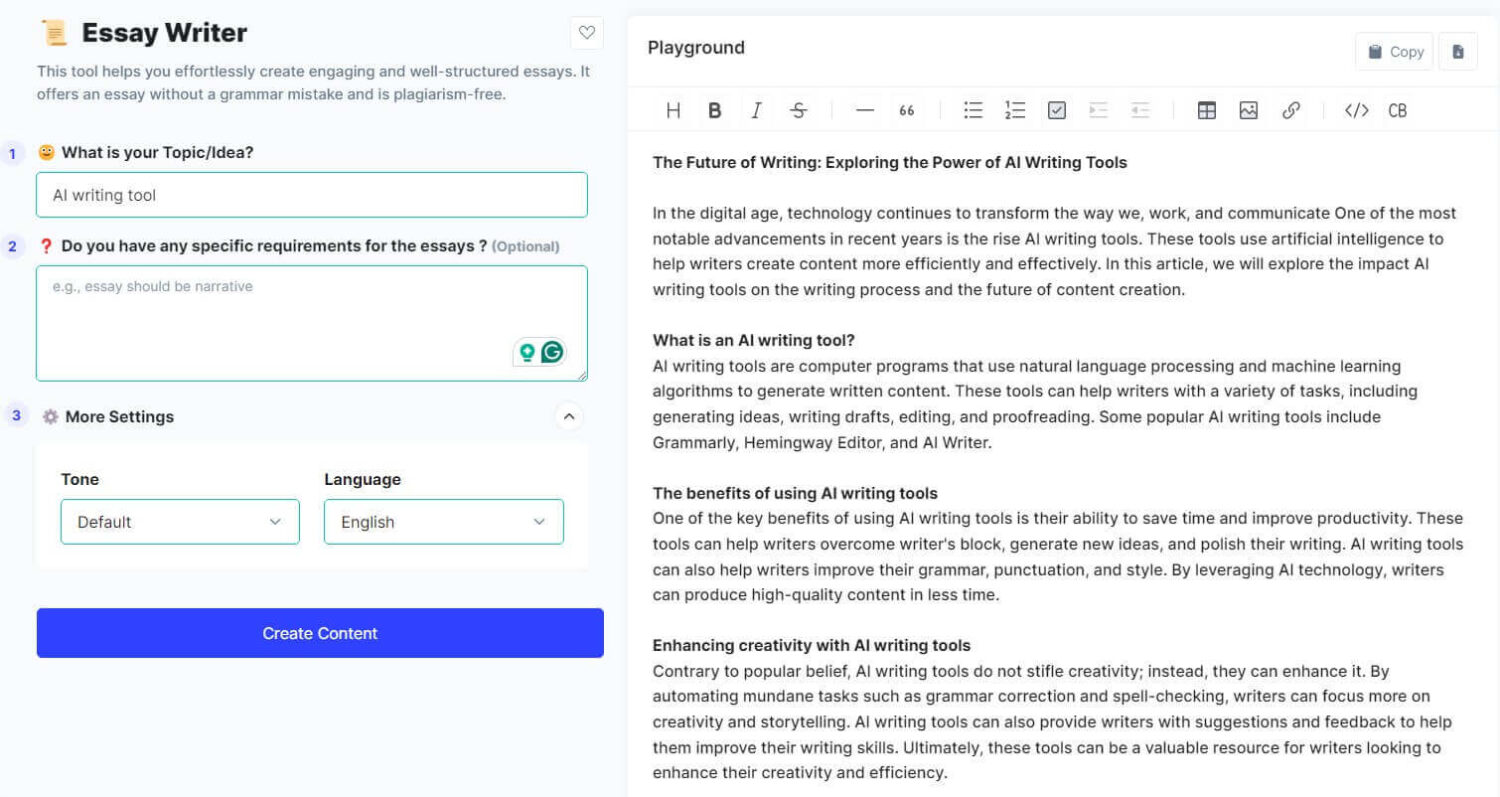
Gravity Write Essay Writer
Maybe you are interested:
Turnitin vs Undetectable.ai: Does Turnitin Detect Undetectable AI?
Can StealthGPT Be Detected by Turnitin?
In an academic paper, the concepts within the body paragraphs should make sense, and each paragraph should have one main point.
The quality of your academic writing depends on your ability to construct strong paragraphs. Each paragraph should include:
“I used to write paragraphs without a clear structure, and my ideas seemed scattered. Once I started following this format, my papers became more organized.” – Antony Mwendia, 10+ years in academic writing.
This seems irrelevant to how to bypass AI in Turnitin. In fact, following the standard format can help you reorganize your text in a logical way, making it easier for readers to follow your argument and understand the supporting data.
To do that, you need to edit the content yourself and add your unique mindset and style of writing.
Academic integrity depends on proper citation, which is important in identifying AI vs Human Writing. Therefore, Ensuring that your paper uses the correct citation style (APA, MLA, Chicago, or Harvard) is a must. Remember the first thing we mention: Grasp the assignment instructions. The correct citation style here is based on the assignment’s requirements.
Here are our small tips:
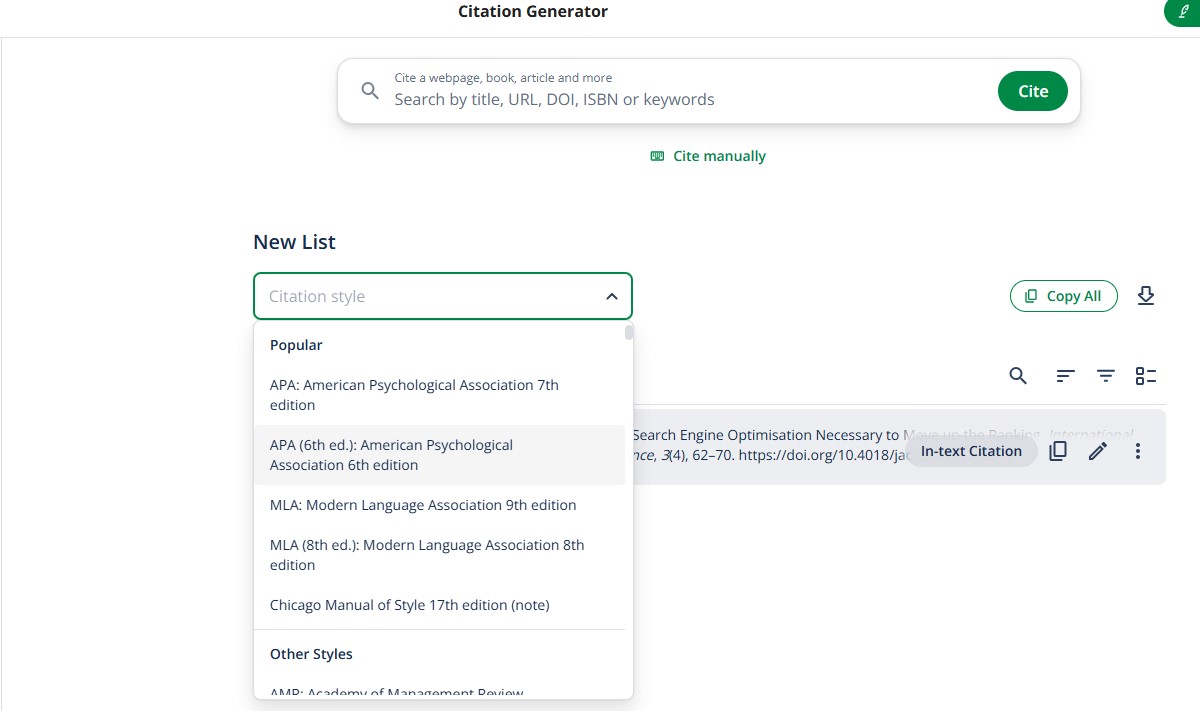
Quillbot Citation Generator
Proper citation not only gives credit to original authors but also demonstrates your adherence to academic standards.
One way that we believe has the highest chance of bypassing Turnitin AI detection is to write your paper all by yourself, without any help from AI content writer tools.
Here are our recommendations:
Writing without help from others helps you understand better and ensures that even AI detectors like Turnitin identify your work as original and true to your skills.
In academic writing, clarity is key. However, every topic has technical terms. Therefore the use of terms is crucial for several reasons:
Just remember to explain jargon clearly so readers can easily understand. While academic writing generally benefits from clarity and simplicity, there are instances where using more complicated words is appropriate.
For instance: “demonstrate” or “indicate“ instead of “show”, “hypothesis” instead of “theory”.
Here are some complicated words that are often necessary and useful in academic writing, along with their meanings:
| Complicated Word | Simple Alternative | Meaning |
| Hypothesis | Theory/Guess | A proposed explanation for a phenomenon |
| Methodology | Methods | The system of methods used in a particular area of study |
| Empirical | Observed | Based on observation or experience rather than theory or pure logic |
| Theoretical | Conceptual | Related to the theory of a subject rather than its practical application |
| Synthesis | Combination | The combination of ideas to form a theory or system |
| Quantitative | Numerical | Relating to the measurement of quantity |
| Qualitative | Descriptive | Relating to the quality or nature of something |
| Variable | Changing factor | An element, feature, or factor that is liable to vary or change |
| Analysis | Examination | Detailed examination of the elements or structure of something |
| Conceptual | Idea-based | Relating to or based on mental concepts |
| Framework | Structure | A basic structure underlying a system, concept, or text |
| Phenomenon | Event | A fact or situation that is observed to exist or happen |
| Discourse | Conversation | Written or spoken communication or debate |
We all know that writing in an active voice not only improves its clarity and directness but also helps you stay away from any problems when utilizing AI technologies. Instructions to AI to utilize active speech do not ensure logical outcomes.
Do not become excessively focused on it, as it may make your essay appear disorganized and artificial.
“All paragraphs should have between three and ten full sentences.” – Utah State University
However, in this writing guide article, they is also mentioned that if the argument is clear and focused, there is no need to count sentences in paragraphs.
Here is our standpoint on why having paragraphs in academic writing with nearly the same number of sentences is not advisable:
Therefore, instead of focusing on the number of sentences in each paragraph, writers should concentrate on ensuring that each paragraph serves the purpose of the writing, providing clarity, coherence, and logical flow.
Remember, plagiarism can have serious consequences. If you’re caught cheating at school, you could fail the assignment or even the entire class. Some schools may even expel students for plagiarizing. Similarly, in the workplace, plagiarizing can damage your reputation and lead to job loss. People value original thoughts more than copied ones.
Yes, of course. Using AI content generation is legal. There is no doubt about the benefits of AI writing tools. However, excessively relying on them or using them to generate unoriginal work can violate academic policies and ethical guidelines.
When discussing how to avoid detection by Turnitin’s AI, it’s important to consider the ethical implications. Creating original work is crucial in both academic and professional settings. It promotes learning, demonstrates real understanding, and fosters intellectual integrity. Relying on methods to evade plagiarism detection can undermine these principles and damage one’s credibility and the trust others have in their work. It’s essential to uphold ethical standards by committing to honesty and innovation in all aspects of content creation. By adhering to academic standards, this approach also supports professional and personal growth.
To understand how to bypass Turnitin AI detection, it is essential to merge academic honesty with strategic writing techniques. The best way to avoid AI detection by Turnitin is to follow a complex strategy: understanding assignment guidelines, narrowing down your topic, paraphrasing, using advanced tools sensibly, adhering to proper formatting and citation protocols, and writing independently. With this strategy, you can create original work that meets academic standards while avoiding detection.

